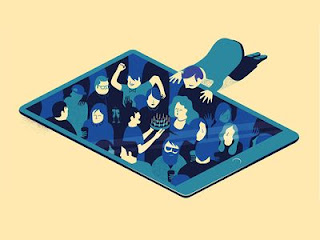To achieve unity in a country made up of hundreds of ethnic groups with no common culture and many different languages, the incoming administration realized the government needed to construct a shared understanding of Mexican identity and national history, one in which the country’s Indigenous peasant population was recast into a bedrock role. To celebrate this “most Mexican aspect of Mexico,” the Obregón administration levied a one-time tax on the wealthy to sponsor a 5,000-object Exhibition of Popular Arts in connection with the 1921 centennial of Mexico’s independence from Spain.
Diego Rivera’s remarkable output between 1923 and 1928 and its dissemination in the press garnered him a reputation in the United States as “Mexico’s greatest painter” whose work conveyed “the spirit of Mexico.” The artist’s epic narratives of Mexican history mythologized the country’s peasantry and the revolution. Using high-key color, stylized, volumetric figures, and a modern “montage” aesthetic to depict the trials and heroic triumphs of Mexico’s Indigenous people and to celebrate their popular culture, he provided the nation with a vision of itself as a unified country with a shared past, present, and future.
José Clemente Orozco depicted the struggle for liberation as one of tragedy and stifled promise, the monumental, eerie stillness of his revolutionary scenes exuding not hope but resignation and despair.
David Alfaro Siqueiros, the youngest of los tres grandes (The Three Greats), focused primarily on labor organizing during the 1920s rather than on art. Nevertheless, as secretary general of the Syndicate and executive director of its journal, El Machete, he played a seminal role during this period in articulating the artistic and political goals of Mexican muralism through his texts and speeches. Once he returned to painting in 1930, he harnessed rough textures, resonant dark tonalities, and sculpturally modeled figures rooted in pre-Hispanic forms to forge a politically and aesthetically revolutionary art.
Things we are working on this week:
Designing mini murals based on Community (in teams)
Starting to synthesize some of the art stuff we've been working on in previous classes
Continuing to consider what Identity means and how to communicate about it
Using the Teaching Artist as a resource/Art Director for fleshing out ideas
Designing mini murals based on Community (in teams)
Starting to synthesize some of the art stuff we've been working on in previous classes
Continuing to consider what Identity means and how to communicate about it
Using the Teaching Artist as a resource/Art Director for fleshing out ideas




































































No comments:
Post a Comment